With over 3 million burials, Calvary Cemetery in Queens has more interments than any other cemetery in the United States. Its first burial took place on August 4, 1848, and it is now home to such eternal residents as Lorenzo de Ponte, who worked on librettos for Mozart, the poet Claude McKay, Olympian Martin Sheridan, former mayors of New York Hugh J. Grant and Robert F. Wagner, Jr., actress Patsy Kelly, and mafia chiefs Joe Masseria and Thomas Lucchese. Annie Moore, the first immigrant to go through Ellis Island, is also buried in Calvary, as well as Steve Brodie, who claimed to have survived jumping off the Brooklyn Bridge.
Prior to the passage of the Rural Cemetery Act in 1847, most burials in New York City were conducted in churchyards, which were quickly overflowing with the dead as the city’s population grew. Outbreaks of yellow fever and cholera were fueled by the festering cemeteries in the city center, and an 1832 outbreak of cholera resulted in the deaths of 3,500 people and the flight of another 80,000, roughly a third of the city’s population at the time. Queens was still mostly farms and small settlements, so it became an obvious choice for a rural cemetery.
St. Patrick’s Cathedral, with its trustees and the Archdiocese of New York, bought land in Newton Township in Queens, then belonging to the Alsop family. The Alsops’ Protestant graves were already on the land (and remain in cemetery to this day), but a Catholic cemetery was established under the name Calvary. Catholics were still a minority in New York, however waves of immigration, particularly from Ireland, brought more of a majority into the city, and overcrowded the cathedral’s two cemeteries.
While Calvary belonged to the same traditions that guided the creation of Green-Wood in Brooklyn and Woodlawn in the Bronx as park-like areas of peace, it was mostly for working class burials. Many poor immigrants from the Lower East Side tenements were buried in Calvary for free by the Archdiocese, and Catholic soldiers from the Civil War were also provided with free burials. The cemetery’s graves reflect the growing diversity of immigrants in New York, and beautiful views of Manhattan mix with the stone structures, emphasizing it as a real city of the dead.
Still, Calvary is not a peaceful place, severed noisily by both the BQE and the Long Island Expressway. It also comes close to the heavily polluted Newtown Creek, which borders Brooklyn and Queens. The waterway was once an estuary for Calvary Cemetery’s ferry service, which left the 23rd Street Pier laden with funerary carriages to traverse the East River.
Calvary Cemetery now has four sections, with First Calvary being the oldest. Each section is named after catacombs in Rome: First Calvary is Saint Callixtus, Second Calvary is Saint Agnes, Third Calvary is Saint Sebastian, and Fourth Calvary is Saint Domitilla. It continues to be owned and managed by the Archdiocese of New York. Now at capacity, new burials are rare, as are the visitors who tend to forget this necropolis even as they glimpse its sprawling rows of headstones from the highways.
The Atlas Obscura Podcast is Back!







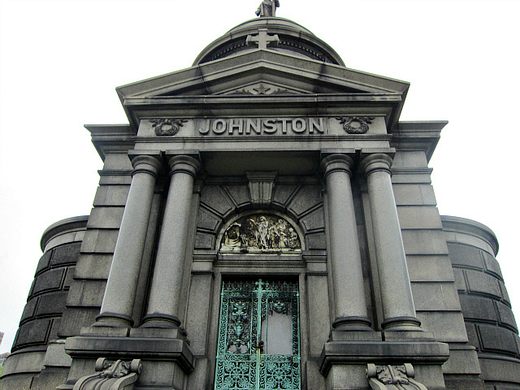

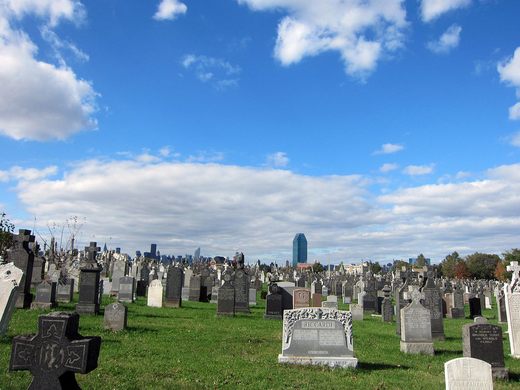

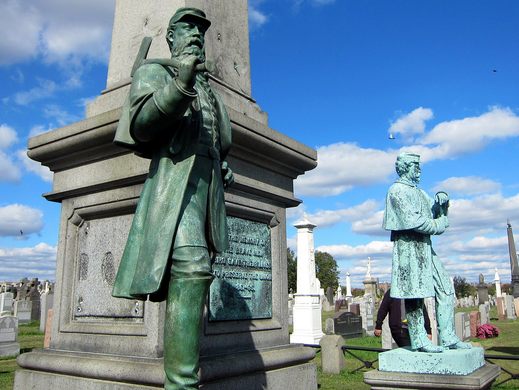
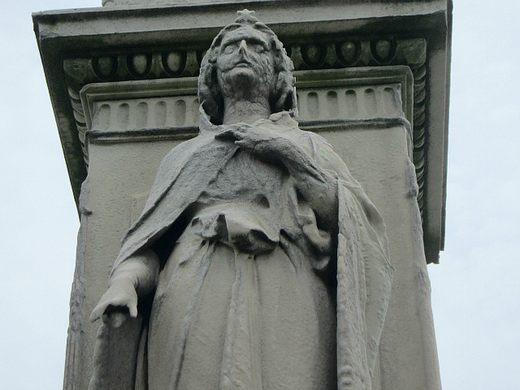
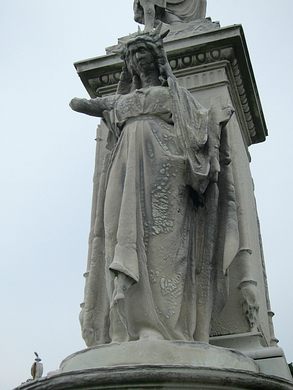
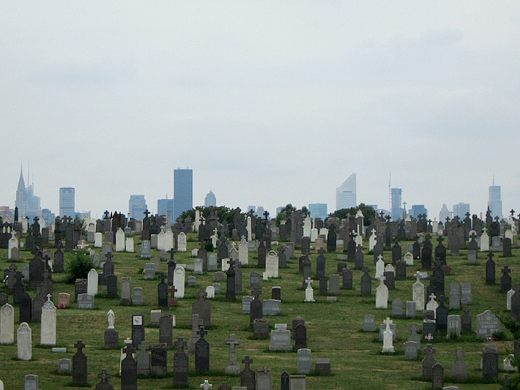

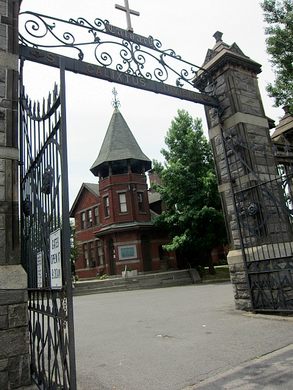
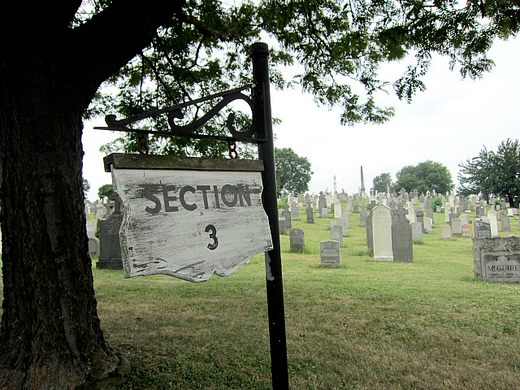
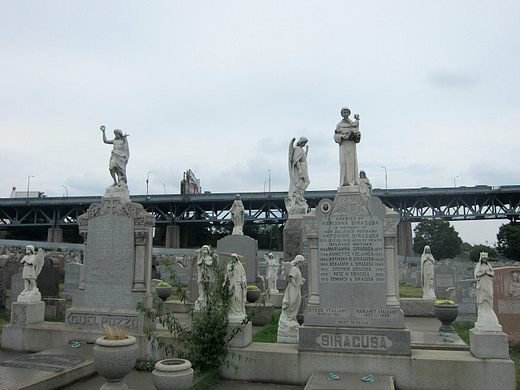
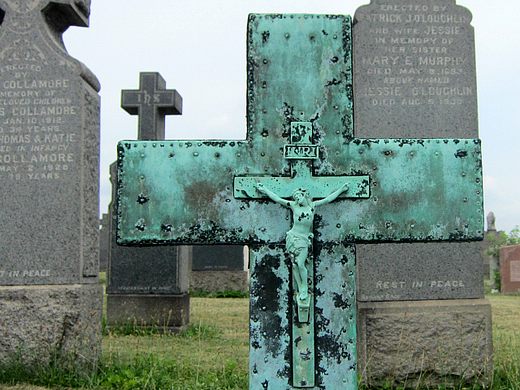


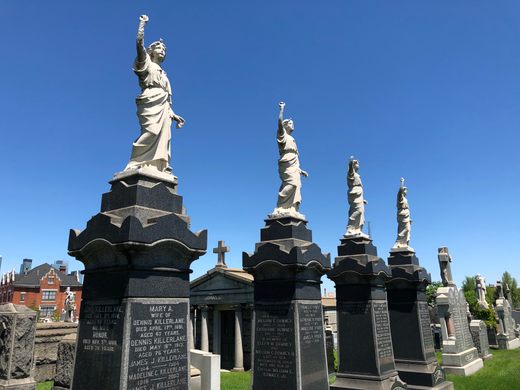
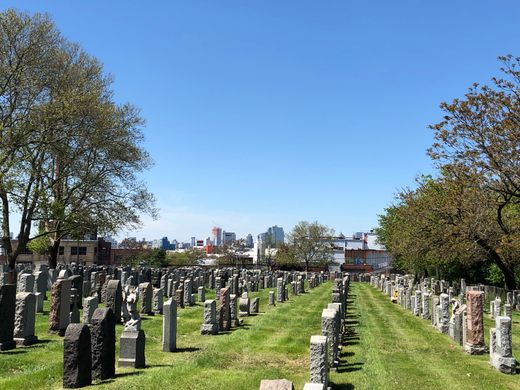
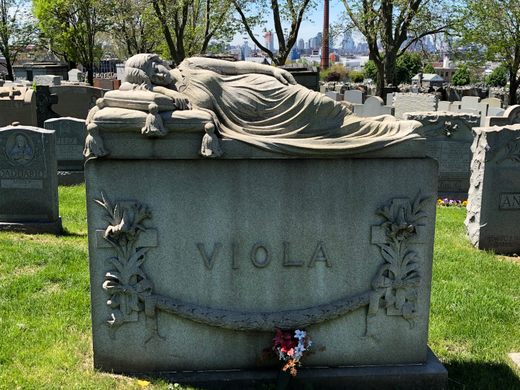
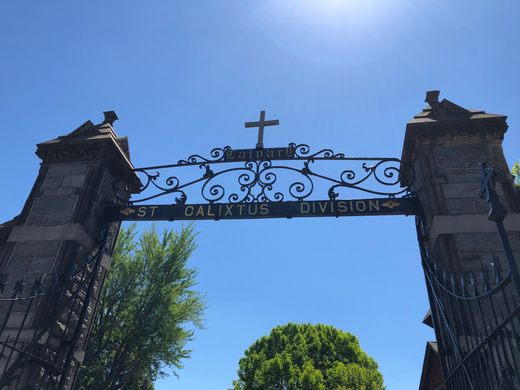
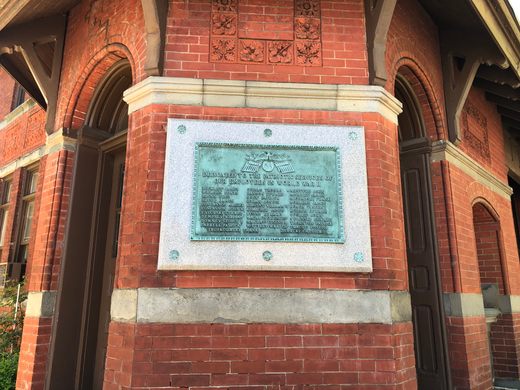















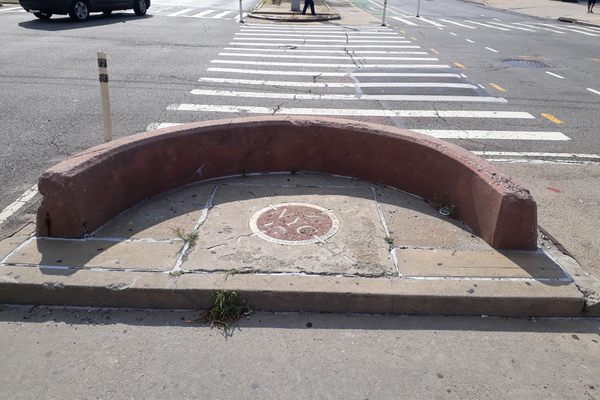





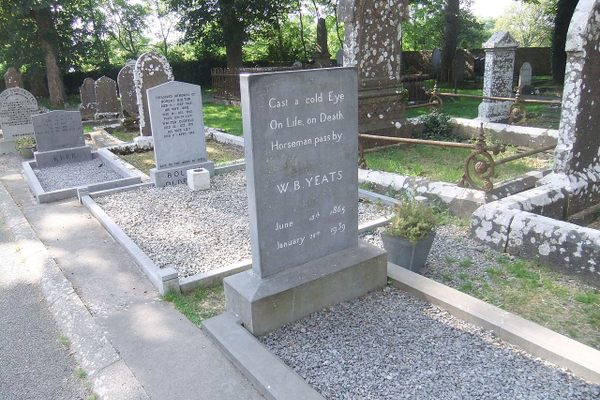
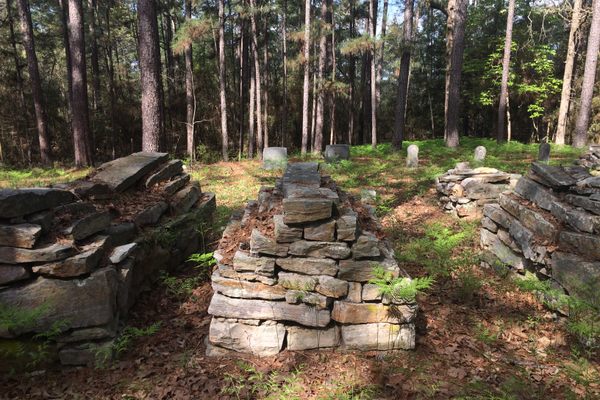



Follow us on Twitter to get the latest on the world's hidden wonders.
Like us on Facebook to get the latest on the world's hidden wonders.
Follow us on Twitter Like us on Facebook